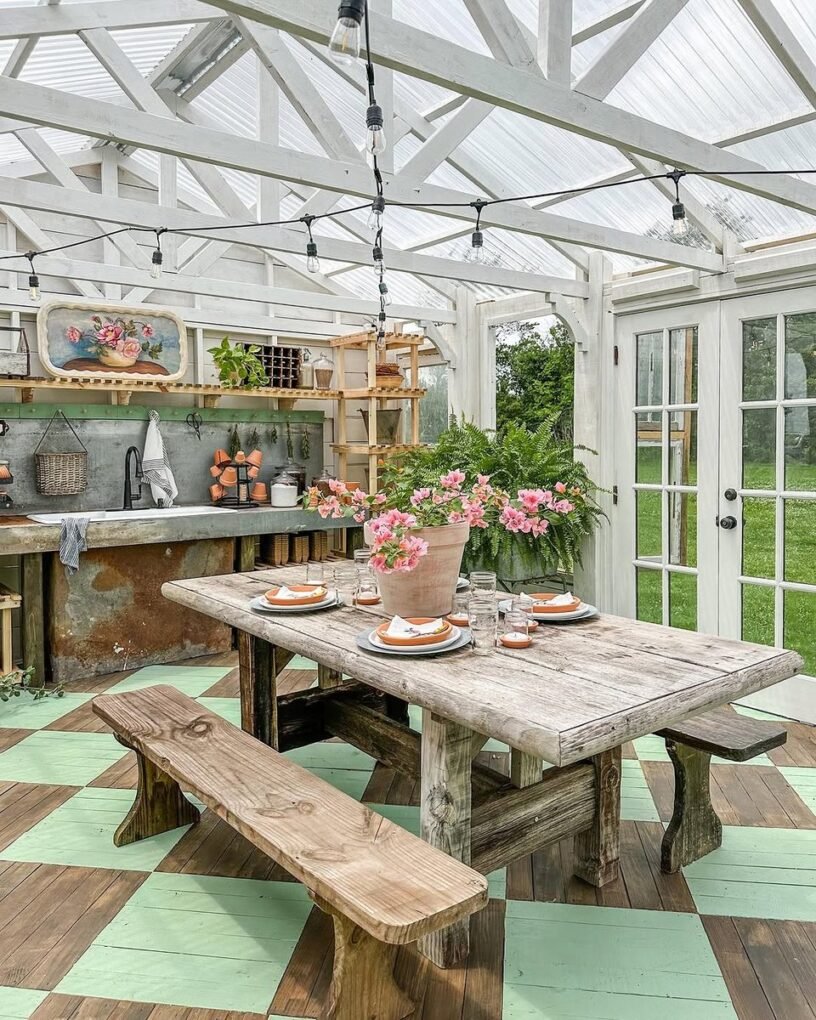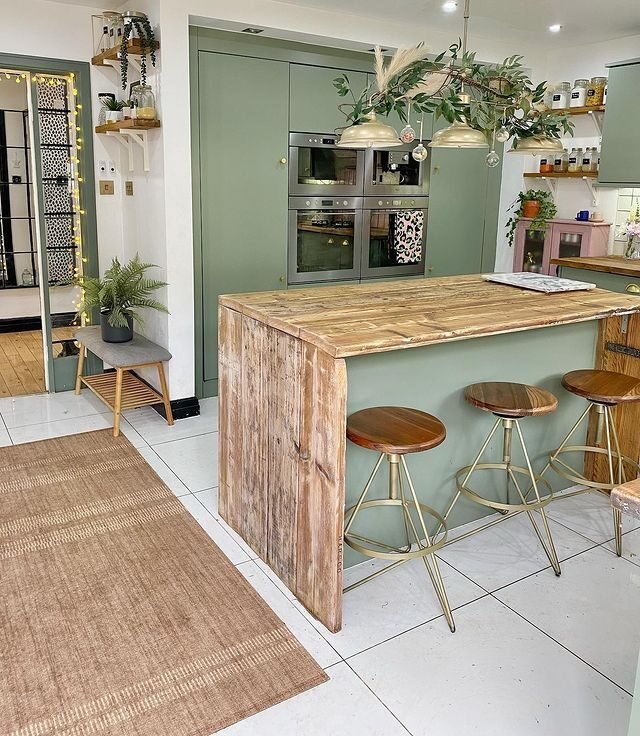A butler's pantry, also known as a serving pantry or a scullery, is a transitional space between a kitchen and a dining area that's frequently used for storage and food preparation. Although butler's pantries were once used to store expensive china and other artefacts, they now serve a variety of purposes, including food staging, coffee bars, and miniature wine cellars. Butler's pantries were once used by the butler of the house to keep, count, and polish important heirlooms such as silver, china, crystal, and serving platters, as well as other dining and entertaining items. To prevent theft, these areas were frequently secured, and some butlers even slept in their pantries.
In today's world, a Butler's Pantry is a must-have. They are essentially a little kitchen within your kitchen, concealed behind a wall or door. The primary purpose of a Butler's Pantry is to give room for food preparation and cleanup without causing a mess in your main kitchen. They also provide plenty of room for groceries, serving ware, and any other desktop appliances you don't want to clutter up. Today's butler's pantries can be much more than a simple storage room, thanks to changing architectural trends and homeowners' shifting attitudes and priorities, but they still make excellent storage spaces. You may make this underused room into a fantastic butler's pantry by adding some cupboards and counters. The expense of a butler's pantry or scullery can be nearly as much as the kitchen itself, and it takes up important floor space. It's something you'd only contemplate in a large home, and it's usually only possible in new construction - but it's far from a fad.

The major function of a Butler's Pantry is to give room for meal preparation and cleanup without crowding your main kitchen. They are essentially a mini kitchen within a larger kitchen, hidden behind a wall or door but still providing easy access to everything. They also feature enough storage for groceries, serving ware, and any counter-top items you don't want in your kitchen. For starters, it adds much-needed storage space. Many people have extra sets of plates or serving pieces that they don't use but would like to show off, and many more collect silver or china. What better place to put them on display than in a butler's pantry. This is due in part to the emergence of "foodie" culture; a butler's pantry is a must-have for any aspiring chef. If you're still unsure about what a butler's pantry is, don't be concerned. Here's a step-by-step guide to assist you.
Cupboards-
A butler's pantry was traditionally used for storage, and who can say no to more storage space. Make your modern version easier to accommodate specialist things like fine silverware, service utensils, china, linens, and candles that you don't use on a regular basis.
Countertops-
If you're using the butler's pantry as a staging location for the meal, make sure there's enough counter and shelving space for the dishes before transferring them to the dining room. Open or adjustable shelves will provide you more flexibility and help you make the most of your space.

Drawers-
Fugitive drawers are ideal for large, awkward items that aren't used frequently. They're simple to remove when needed, but they don't bring attention to themselves when not in use. Wire baskets, on the other hand, allow you to display your fresh food to your guests while also reminding you to use it before it spoils.
Wine Cellars-
Wine racks and stemware holders are essential components of a butler's pantry design. From tea and water to cocktails and wine, the butler was traditionally in charge of supplying all refreshments. You'll have no reservations inviting your visitors to join you in the butler's pantry while you prepare their drinks, thanks to an upmarket wine rack and stemware display.
Open Storage-
Because the butler's mission was to serve the family while also keeping the house looking immaculate, the butler's pantry cabinets had to be both useful and attractive. With a combination of open storage and beautiful cabinetry, you can showcase your best and most often used items while still having plenty of room to hide less attractive items.

Power Outlet-
Aside from serving ware, the butler's pantry is a fantastic place to store rarely-used small gadgets that might otherwise clutter up your otherwise-simple kitchen. Having enough power outlets means that these devices will be ready to use when you need them.
Hot And Cold Storage-
While you prepare the meal, a mini fridge, wine chiller, or even a small cooler can help keep plates chilled and perishables cold. A hot plate, cooktop, or warming tray can also keep your food warm while other meal components are finished or courses are consumed.
Even in existing homes, you may build a useful, efficient, and appealing butler's pantry if you follow these suggestions.




